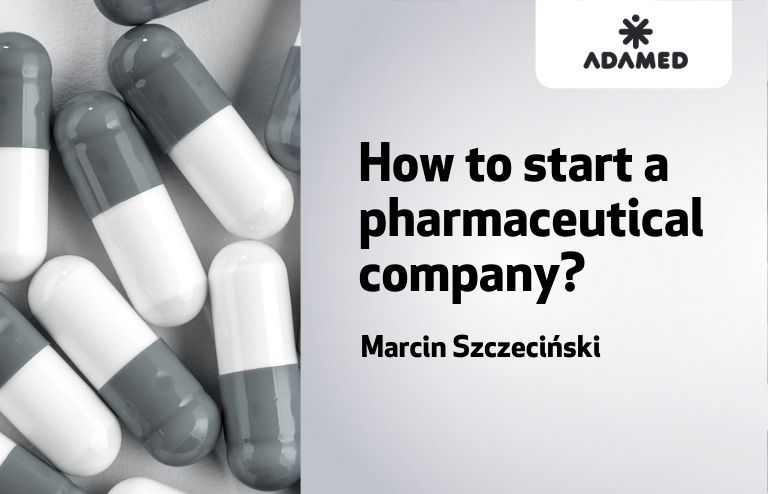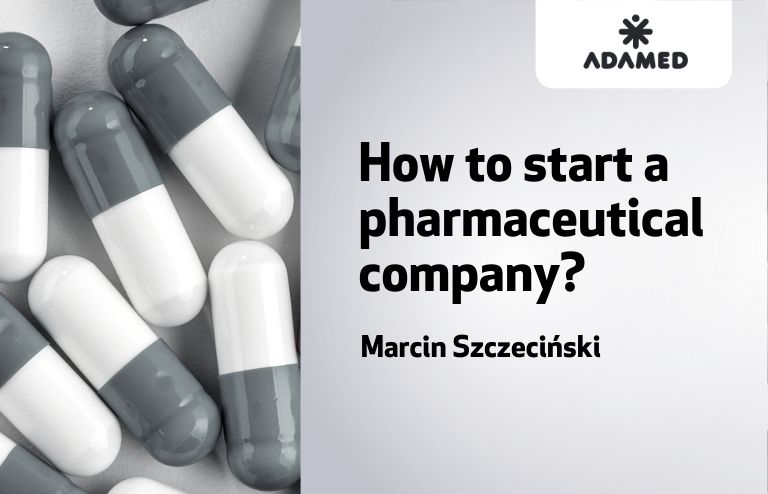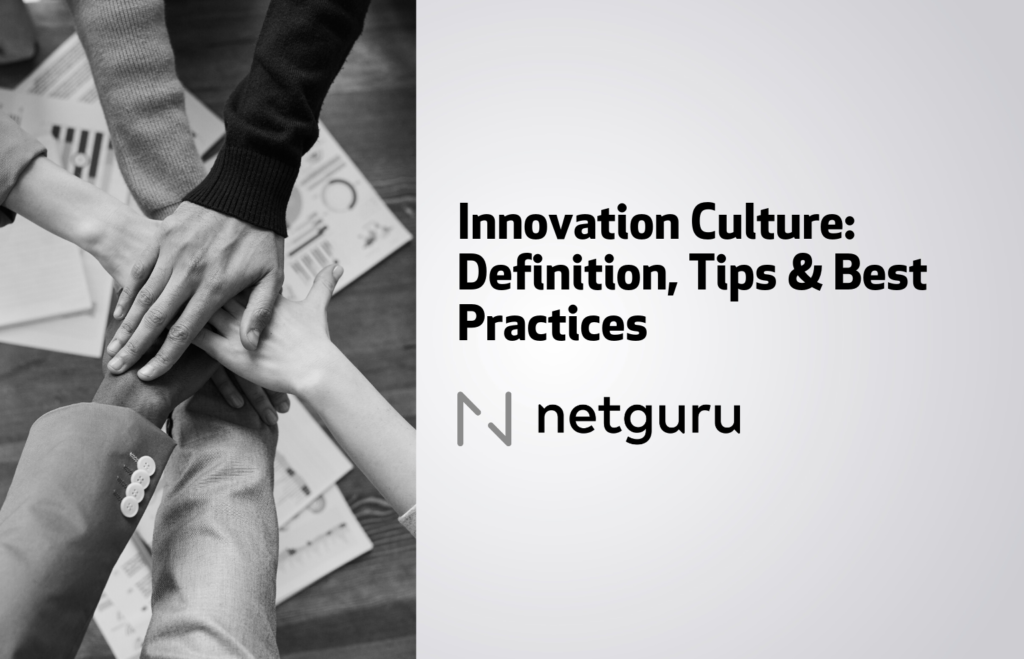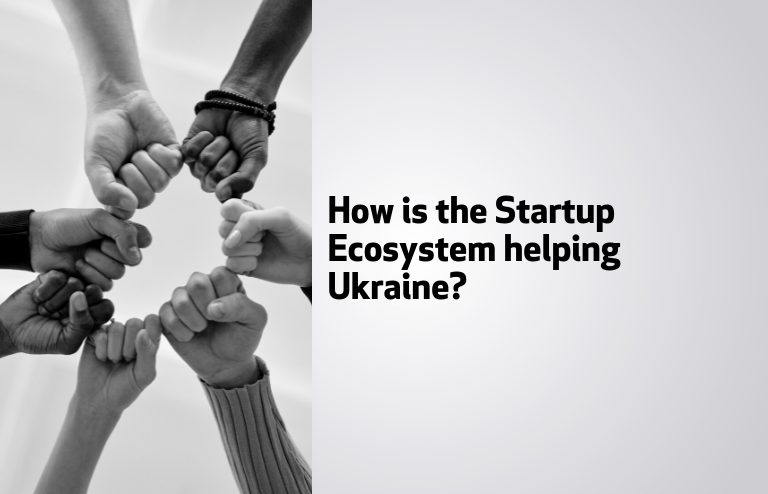Marcin Szczeciński, Adamed
Business Models for pharmaceutical companies
There are a couple of business models that a pharmaceutical or biopharmaceutical company can adopt.
Product Based Model
When someone says “a pharmaceutical company” we all typically think of giants like Pfizer or Roche. These guys pursue so-called Product Based Model in the format of the fully integrated pharmaceutical company (FIPCO). This vertical model is focused on development of medicinal products and controlling the value chain for product offering. It covers the entire value-creation cycle from a discovery through product development and commercialization eventually. The model delivers the highest returns in absolute terms but features a high risk profile and requires lots of patience (we will revert to it).
Platform Business Model
The next model is Platform Business Model. Contrary to FIPCO, it is a horizontal business model. Companies following it concentrate on the early stages of drug discovery and development. They leverage on licensing the intellectual property they develop to downstream firms for further development along the value chains. The intellectual property may either relate to a specific drug candidate or to so-called technology platform that a licensee may find useful in advancing molecules discovered inhouse.
Hybrid Model
Obviously, there is also a hybrid model that combines the above mentioned preceding models. On the one hand, you license your technology or deliver services related to your technology platform to customers from a pharmaceutical industry. On the other hand, you advance a pipeline of molecules with a view to commercializing them once they got authorized. As a result, a company enjoys stable revenues from providing services and license fees as well as holds a sort of lottery tickets for potential big wins in the future.
Royalty Income Pharmaceutical Company Model
Then, we have Royalty Income Pharmaceutical Company Model (RIPCO). It is a very science-oriented model. These companies focus on the earliest stages in the value chain, such as discovery and preclinical development. For instance, they discover novel molecular targets, run screening campaigns, optimize structures, select leads, do developability studies and preclinical development of new molecules. Results of this research are ultimately licensed to bigger players in the industry. In return, a RIPCO company may receive upfront payment, milestone payments related to future events and finally royalties on sales.
No Research-Development Only Model
The next model is No Research-Development Only Model. It is an almost perfect mirror reflection of RIPCO. A company based on NRDO model does not do early research inhouse. Instead, it licenses preclinical candidates or early stage clinical assets (future drugs in clinical trials) from other pharmaceutical companies. They finalize clinical development of such assets, go through marketing authorization procedures and ultimately bring new medicinal products to the market.
Please note that a company does not need to stick to one business model through its entire existence. It may convert from the platform model to the hybrid model or start as RIPCO and with time become FIPCO.
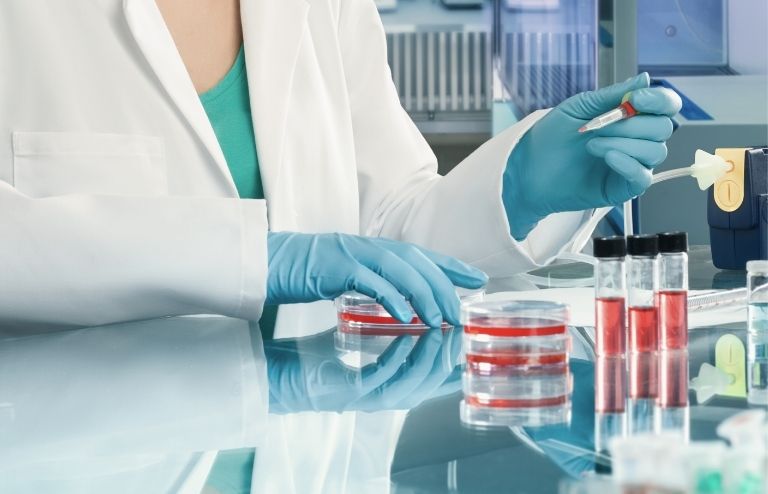
Generic vs. innovative drugs
Once we discussed business models, it is time to make a very important distinction between generic and innovative drugs. A generic drug is a medicinal product that utilizes exactly the same active pharmaceutical ingredient (API) that a previously authorized product that went off patent and also lost so-called data exclusivity that provides an additional protection. Typically, for a generic drug, a manufacturer is not supposed to run clinical trials apart from those that prove its bioequivalence to a reference product (an innovative drug). In vivo studies are normally also not required. The innovative drug is a medicinal product that uses a novel API and needs to go through the complete drug discovery and development, starting with early in vitro studies and ending with phase 3 clinical trials. Additionally I think I should mention a very specific category of generic medicines – biosimilars. They are copycats of innovative biologic drugs. From the scientific point of view, it is infeasible to make a perfect copy of biologic drugs. Therefore, here we can speak of similarity but not of being identical. Biosimilars are required to go through quite an extensive clinical development program, yet a limited scope of preclinical studies is mandatory.
The difference between innovative and generic medicines
Why is that so important to understand the difference between innovative and generic medicines? Well, some sources say that it may cost even above 2 billion USD to discover, develop and get approved an innovative drug. Besides that, it will take you somewhere between 10 to 15 years. On the other hand, you will be able to develop and obtain the market authorization for a generic medicinal product with a budget of a low single digit figure in US dollars. And it may all happen in 4-5 years. However, for some complex value-added generic medicinal products the budgets will be substantially higher, quite likely because of extended clinical trials that may require such efforts. Please be also prepared for longer timelines in these cases.
Generic and innovative drugs – risk profiles comparison
We should also discuss risk profiles. Statistically, the odds for the market approval of a newly launched drug discovery campaign are in a range of a couple percent. Believe me, I am trying to be optimistic here. There is no so much data on attrition rates for generic products but my ballpark estimate would be 50%. And how about biosimilars? Running such a program will cost you dozens of million US dollars (typically above USD 100 M). And it may take approximately 7 to 8 years. As to attrition rates, I am not familiar with any literature data on the subject. My feeling is that it is between 70 and 80%. So, biosimilars are not exactly a perfect antidote if you are risk-averse.
Which type of drug is the most profitable?
There is still one missing part as we are delving into a major difference between medicinal product categories. It refers to stakes that are involved in these games. A novel therapeutic may generate revenues of several billion USD annually. A successful biosimilar, maybe a billion USD, while a generic medicinal product securing 100 million USD yearly would be considered earning a mint.
How to become a pharmaceutical manufacturer?
You may be wondering what the key take-away from the three paragraphs above is. Definitely, I am not trying to convince you that your pharmaceutical upstart should focus on picking low-hanging fruits. Those drugs programs that are the least costly and risky can deliver authorized products relatively soon. I am just presenting the options that you have and a complexity of the pharma world. You should bear in mind that although it may take zillions to start from scratch an innovative drug program and run it till approval, this process is divided into several stages that are priced at a fraction of zillion and not necessarily all need to be completed by a single enterprise. The same rule applies to all the product categories that we discussed above. Please note that the majority of the business models that we introduced in the article is about doing only “a part of the job”. I mean not running the process from the earliest stages of the value chain till commercialization.
Cooperate with others to successfully start pharma company
And it is all possible largely thanks to pharmaceutical partnering, a very well-functioning market for “half-baked cakes”. As you may infer from business models description certain players specialize in specific sections of the value chain. The customers are willing to pay for that part of the job that you are better suited to deliver than they are. Such alliances may take a form of a license agreement, a research collaboration, an option agreement, an asset or services purchase and many more.
I hope that I managed to provide you with at least a bit of an inspiration. You briefly learned what the options are and may now decide about your startup faith.
Source: https://orbi.uliege.be/bitstream/2268/216110/1/Typology%20Biotech%20BM%20%28Segers%29.pdf
Adamed Pharma is a partner of MIT EF CEE Spring 2021 acceleration program. Want to know more about them? Check out what are they looking for in the startup world.
